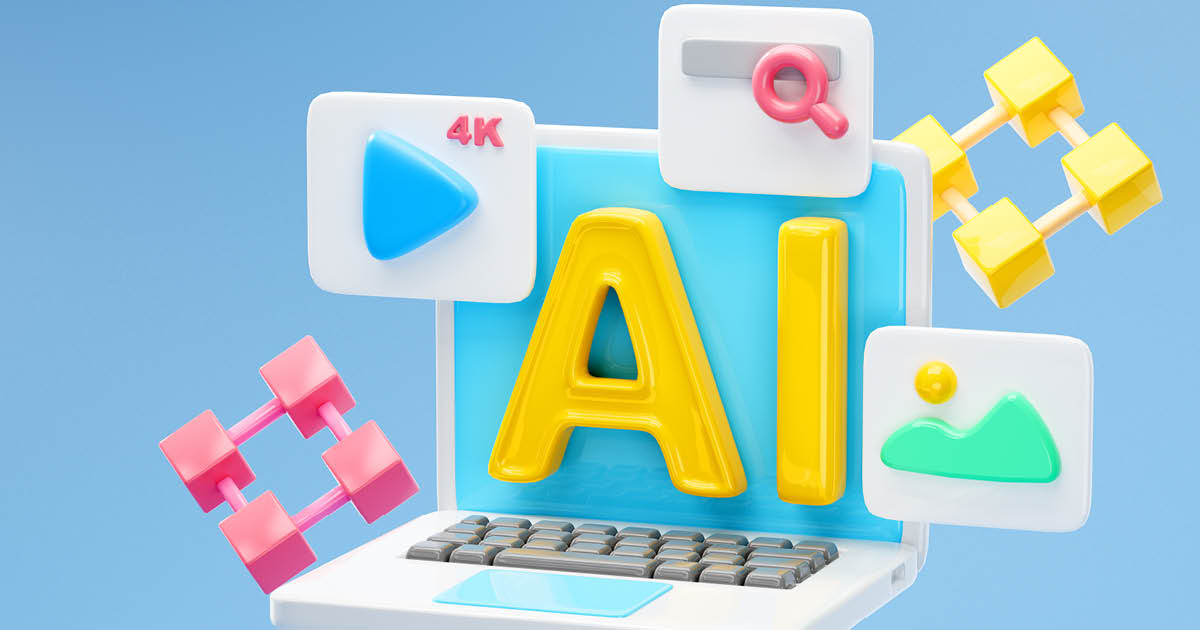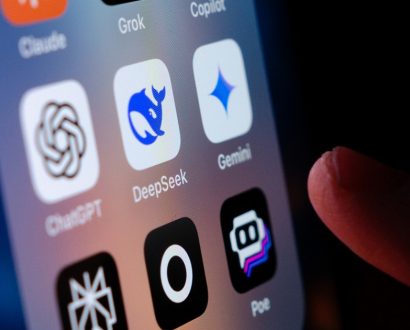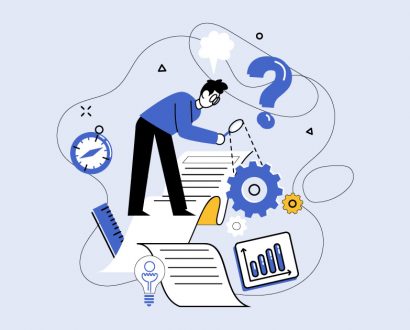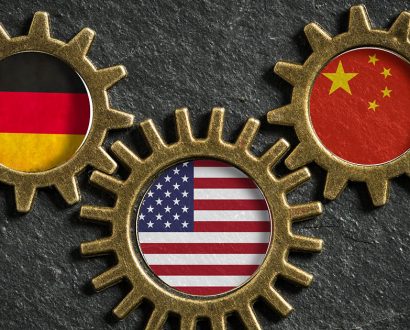AI definitely takes the gold for the ‘Most Talked About Business Topic’ award. Do you roll your eyes every time those two letters come up at a meeting or conference? I don’t blame you – it’s all anyone can talk about.
Here’s the thing: Whether you’ve embraced AI with open arms, dipped your toes in or still find it daunting, it’s clear that AI isn’t going anywhere. It’s evolving fast and the way businesses engage with it today will shape their future success.
But there’s more to AI than flashy tools and ticking the ‘innovation’ box. To truly stand out, you need to see AI as more than a trend. It’s a tool for creating real impact. And at the center of that impact? People. Your team. Your customers.
With the right leadership, clear strategies and a focus on ethical practices, AI can enhance creativity, deepen relationships and drive sustainable growth in 2025 and beyond.
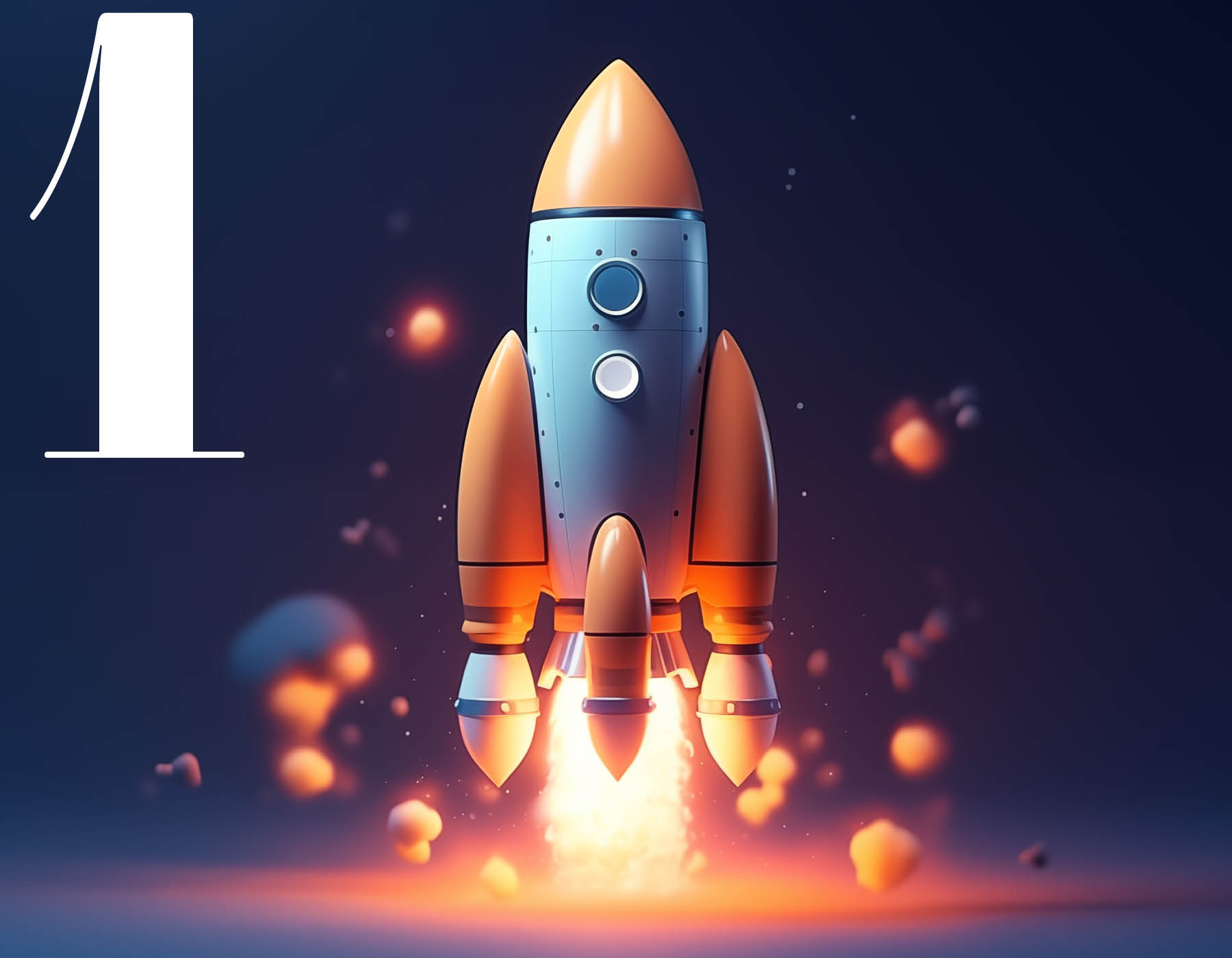
Ensure your team is up to speed
For AI to work effectively, your team needs the right knowledge and confidence to use it. Yet many teams feature a mix of overwhelmed procrastinators and eager early adopters, leaving businesses with an uneven playing field.
Start by implementing a tailored training plan that builds skills progressively. Focus first on foundational skills, like prompt engineering, and move toward more advanced techniques as confidence grows. Begin small – start with brainstorming or by automating simple processes, and scale up as their familiarity with AI increases.
When your team feels empowered, AI can become a catalyst for success.
I see too many organizations throwing themselves into big projects too soon and over-investing in AI tools that are only in their infancy. You might want to reconsider falling into that trap.
Ensure the learning process is engaging by introducing workshops, hands-on sessions and regular feedback loops to address concerns and help refine your team’s skills. You may also consider introducing a buddy system or monthly AI discussions where teams can share best practices and troubleshoot together.
Above all, remind them AI is here to enhance their work, not replace it. When your team feels empowered, AI can become a catalyst for success.
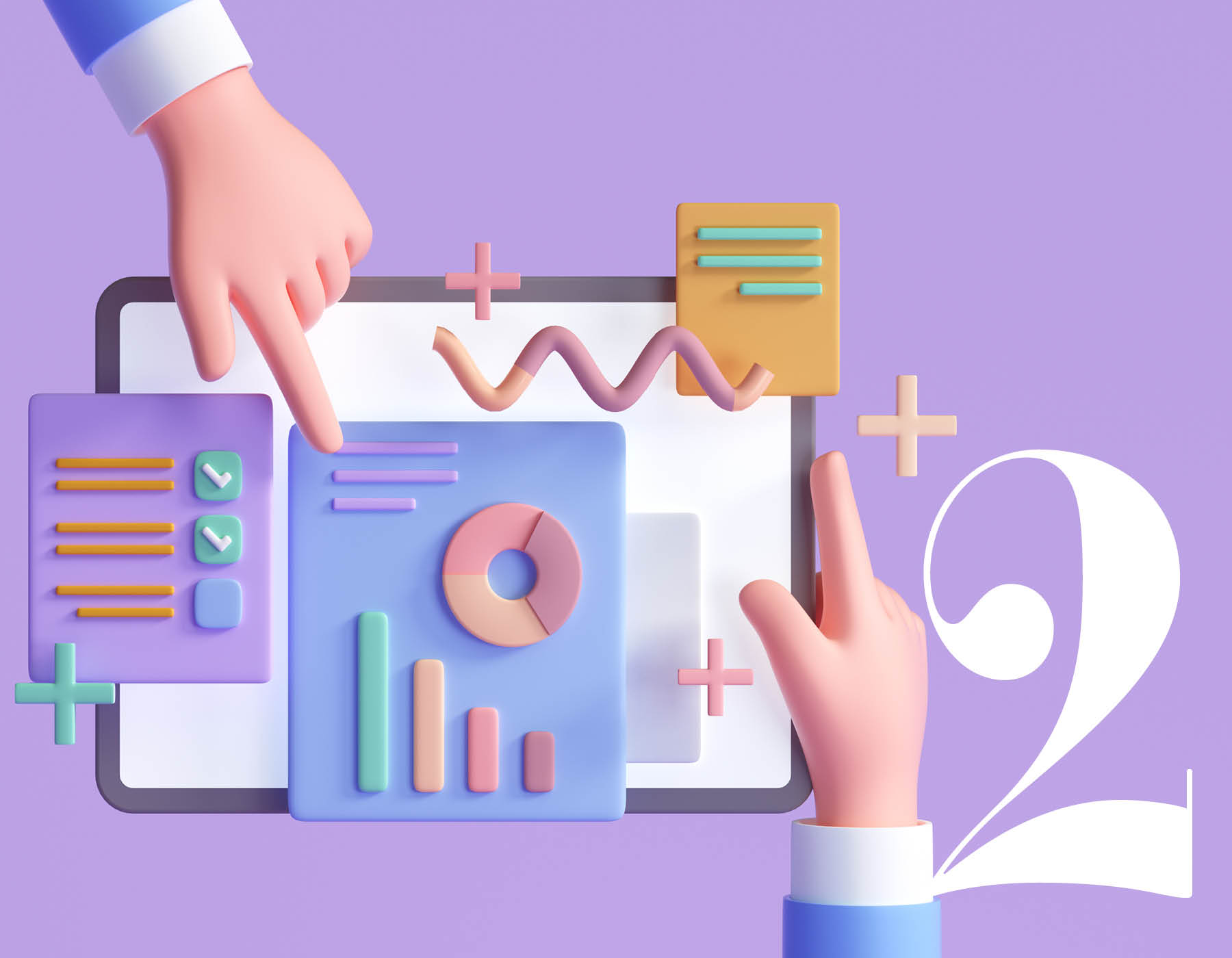
Prioritize ethical and transparent AI use
AI is a powerful tool – but with great power comes great responsibility. When AI is handled poorly, trust crumbles faster than a cookie in hot tea and your brand takes the hit. That’s why you need to protect your company with an AI policy.
Developing an AI policy in 2025 is essential to ensure ethical and transparent AI use. It sets boundaries, clarifies expectations and aligns AI’s potential with your organization’s values. Within its pages, you need to address areas like data privacy, bias mitigation and transparency.
When ethical practices are prioritized, AI strengthens trust and fosters sustainable growth.
Are you clear about how data is collected? Have you implemented safeguards against bias? Are customers and stakeholders aware of when AI is used? All of this information must be included.
You need to regularly review your AI systems to ensure they align with evolving values and regulations. When ethical practices are prioritized, AI strengthens trust and fosters sustainable growth.

Master the art of prompt engineering
AI outputs are only as good as the prompts behind them. I believe the best prompts come from your team’s own human expertise and experience. Because, unlike mathematical equations, there are no exact formulas.
I tell everyone to view generative AI as a junior assistant that requires an effective ‘onboarding’ process to fully understand the business, brand voice and customers. After that, your assistant needs context and clear direction from every prompt provided to perform well. Just like a human assistant.
The goal isn’t perfection on the first try. It’s about leveraging AI to get closer to a great result.
I also recommend encouraging your team to critique and challenge the output every time AI is used to complete a task. Ask them to question whether the tone fits, if the ideas align with your company’s values and reflect upon what’s missing.
Encourage follow-up prompts to enhance the output or, when necessary, step away from AI entirely and complete the task manually. The goal isn’t perfection on the first try. It’s about leveraging AI to get closer to a great result.
The key is to develop prompts tailored to the individual’s unique roles and task objectives. Then share these with the team so all employees can benefit.

Maintain human creativity and critical thinking
I agree that the influx of generic, robotic AI-generated content is annoying. However, it’s within your power to keep creativity and critical thinking alive within your organization. Start by reframing how AI is used.
AI output shouldn’t be seen as the final step in the creative process. It should be seen as the fuel to get started. It’s fine to use AI to generate drafts, outlines or ideas to help your team overcome that dreaded white screen of death.
Personal anecdotes, emotional nuance and industry insights add depth and connection – and these are elements AI simply can’t replicate.
Just ensure this initial output is just the beginning, not the end. Personally, after the thrill of seeing AI-generated content, my brain usually kick-starts into gear. After overcoming the initial barrier to entry, I find myself coming up with my own ideas and direction. You and your team need to embrace that as well.
It’s vital to bring the unique, human touch to everything AI generates. Personal anecdotes, emotional nuance and industry insights add depth and connection – and these are elements AI simply can’t replicate.
By embedding these habits into your team’s workflow, you’ll ensure AI enhances, rather than eradicates, creativity and critical thinking among team members.
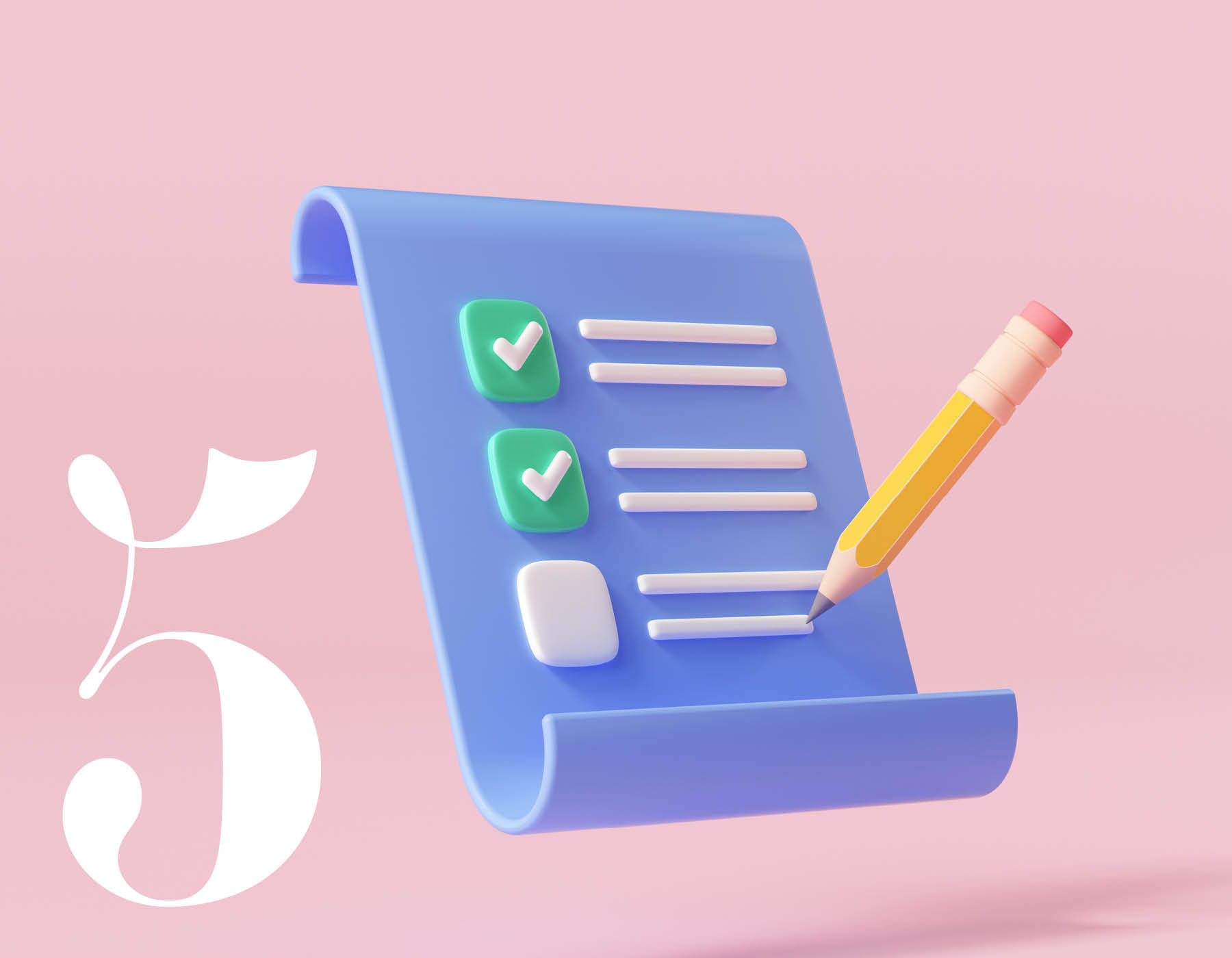
Develop human connections with AI support
Right now, the value of genuine human connection has never been more important. Sure, AI can streamline processes and deliver tailored recommendations. But it can’t truly connect with people on a personal level.
AI should act as a support system, not a substitute for the humans working behind the scenes in your organization. For example, it’s fine to let AI analyze customer data or personalize initial interactions; however, your people must be taking the reins when it’s time to build real relationships.
It’s up to your people to solve problems creatively and engage meaningfully with clients – not the AI bots. While a chatbot can answer questions quickly, it’s your team’s empathy and understanding that can turn customers into loyal advocates.
While AI might make things faster, it’s your human touch that will make your company unforgettable.
The secret is balance. Don’t let AI become a wall between you, your team and your customers. Use it as a bridge to strengthen relationships and create authentic connections. Because while AI might make things faster, it’s your human touch that will make your company unforgettable.
So are you ready to make AI work for you in 2025? By empowering your team, prioritizing ethics and keeping human connections at the heart of your business, you can expect to thrive with AI over the next year.
Remember, it’s not the tools you use that set you apart – it’s how you use them to elevate the people who matter most.

